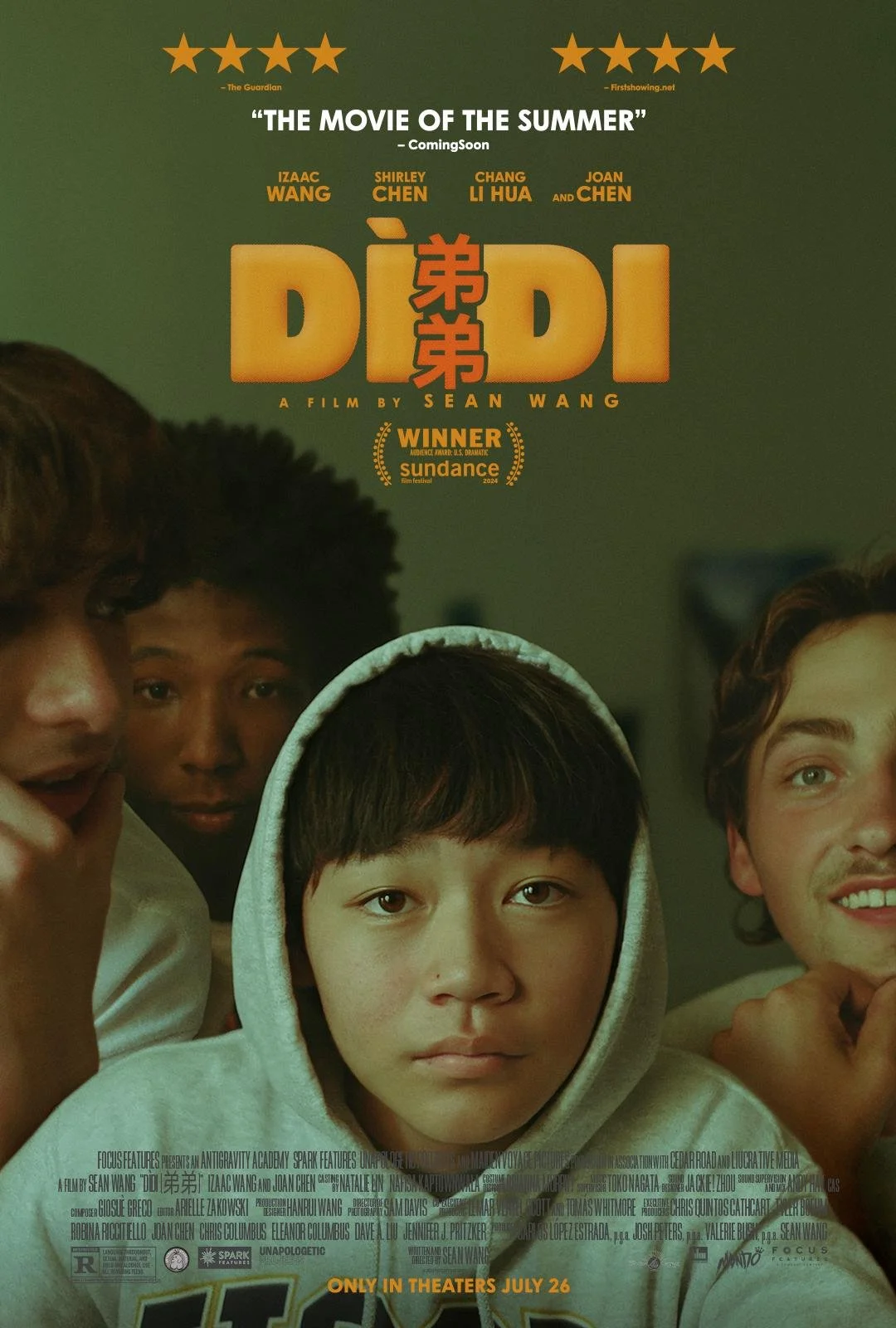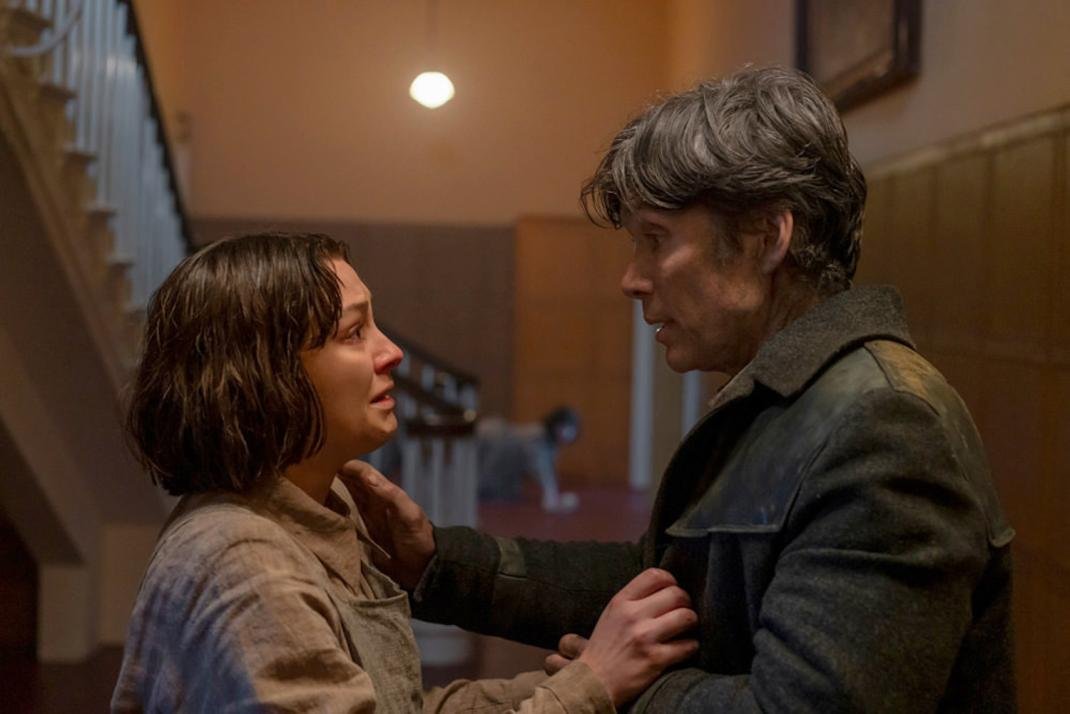Directed by: Pedro Almodovar
Written by: Pedro Almodovar, based on Sigrid Nunez’s novel
Starring: Julianne Moore, Tilda Swinton, and John Turturro
Runtime: 107 minutes
‘The Room Next Door’ is worth a knock on the door at your local theatre
What are friends for?
In many cases, you, me, or anyone else will utter this rhetorical question when helping a friend move, offering a pal a ride, consoling a BFF after a difficult breakup, or other sticky situations.
Ingrid (Julianne Moore) must say these words when Martha (Tilda Swinton), her comrade and former colleague, asks for a favor.
Martha, sick with cancer, is planning to commit suicide, and she needs Ingrid’s assistance while temporarily living with her in the room next door.
Director/writer Pedro Almodovar’s “The Room Next Door” is an intimate drama that tests the limits of friendship through Martha’s extraordinary request. However, “Next Door” is not an extraordinary picture, but a competent one, led by two strong performances from Moore and Swinton.
Almodovar feels at home delving into twisty, provocative circumstances like in “Talk to Her” (2002), “The Skin I Live In” (2011), and more. It’s often his cinematic signature, but not always (e.g., “I’m So Excited!” (2013)).
However, this film plays it straight. Almodovar leaves out his trademark grand surprises. Instead, he seems to lean into a singular long game over 107 minutes as two talented, veteran actresses react to the troubling premise. Moore and Swinton offer enough intrigue that makes “Next Door” worthy of a knock on the door at your local theatre.
Ingrid and Martha don’t regularly pop into each other’s homes for the holidays or long weekends. They worked together as young professionals during their glory days in journalism.
Ingrid is a successful author, and Martha is a retired, long-time war reporter, but they haven’t corresponded in years. They aren’t best friends forever, but Martha calls upon Ingrid for this imperative task based on trust and another reason that won’t be revealed in this review.
Martha’s revealed request is the film’s hook. How will it play out? Can Ingrid change Martha’s mind? Will Martha change her mind at the last minute? Will Ingrid fulfill her duties? When will Martha commit to her distressing pledge?
We ponder these questions while the affluent former colleagues revitalize their friendship through composed pleasantries and consequential planning. Martha seems laser-focused on her march toward self-destruction while she displays discomfort from her lethal ailments along the way.
Almodovar’s and Swinton’s subtle but seemingly ever-present reminders of Martha’s predicament offer varying degrees of assurance (depending on the moviegoer’s point of view) that she’s striding on a proper path.
The 10-person makeup team, including supervisor Uxue Laguardia and designer Morag Ross, help ensure that Martha’s cancer takes an escalating toll on our sympathetic lead. Their makeup work shows Martha’s physical but not overly dramatic decline, which builds a case for her extreme action.
While Swinton copes with Martha’s malady and determined resolve, Moore arguably has the more challenging assignment. Ingrid processes the emotional conflict between functioning as a loyal friend and grappling as an informed spectator to an eventual doom.
Ingrid leans on Damian (John Turturro). She and Martha have a personal connection with him, and Damian is a screenwriting device for Ingrid to express her frank feelings about the lethal predicament, one that – now - includes her. Damian doesn’t amount to more than a sounding board, which is a missed opportunity. Still, he offers a space as Ingrid’s reprieve.
The film also addresses Martha’s decision not to lean on family, and Pedro explores her backstory with her estranged daughter, Michelle. This subplot seems to cycle in place like Damian’s inclusion, however, Almodovar does include a minor surprise regarding Michelle, so granted, his first English-speaking movie doesn’t always run as straight as a Kansas highway.
“The Room Next Door” - through temperate pacing, a matter-of-fact approach, and convincing lead performances – presents a certain acceptance of Martha’s ultimate wish (again, depending on the moviegoer), and it places the audience in an unexpected lull when tested against societal norms.
Granted, this challenging realization is more than a routine bump in the road, but then again, what are friends for?
Jeff’s ranking
2.5/4 stars







































































































































